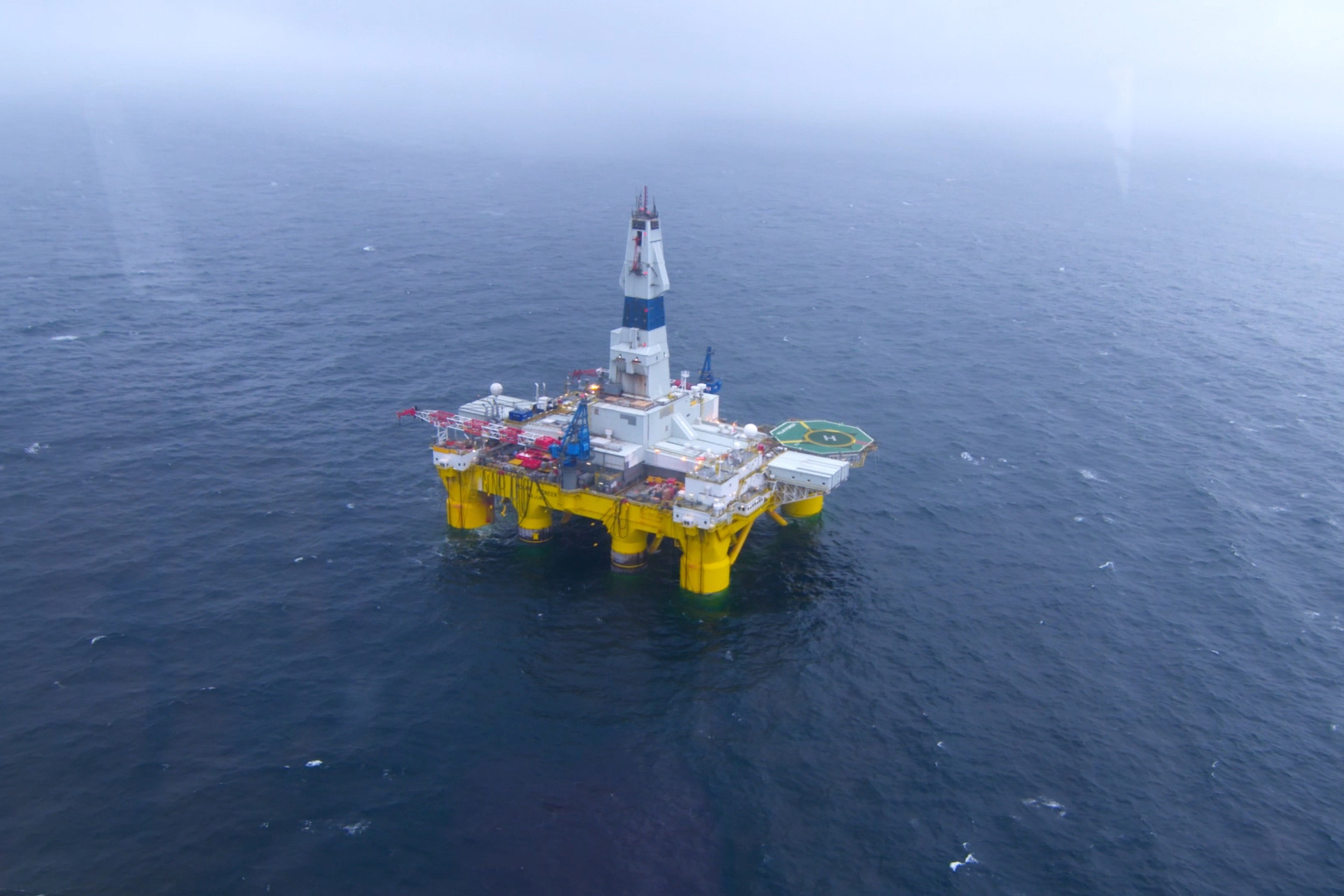Oil industry revives quest for deepwater reserves

HOUSTON — Deepwater oil drilling can be expensive, time-consuming and a hard sell to investors. But the world’s top energy firms are restarting their search for giant oilfields under the ocean after a two-year lull.
A recovery in oil prices to about $50 a barrel from a 12-year low in 2016 is reviving oil majors’ appetite for risk.
Reductions in offshore production costs mean that some projects may be able to compete with North American shale fields, executives said at an energy conference in Houston this week.
The recovery in the industry has so far been focused on onshore shale output from the largest U.S. oilfield, the Permian Basin.
“Our competition over the past years has evolved from ‘we want to be the best in deepwater’ to ‘we want to compete with shale’ to ‘we want to beat the Permian’,” Wael Sawan, Royal Dutch Shell’s executive vice president for deepwater, said in an interview.
Shell is the largest deepwater producer among the world’s top publicly traded oil companies and is set to pump 900,000 barrels per day (bpd) from such projects by the end of the decade.
Firms such as Shell and Exxon Mobil, who specialize in complex offshore exploration, slashed budgets after oil prices collapsed in 2014. Spending cuts were so drastic that the Paris-based International Energy Agency warned this week of a looming supply crunch beyond 2020.
Shell has cut well costs by at least 50 percent, reduced logistics cost by three quarters and cut staff by nearly a third to make developments in areas such as the Gulf of Mexico and Nigeria profitable at oil prices below $40 a barrel, on par with the most profitable shale wells, Sawan said.
Other companies such as France’s Total have seen similar cost cuts.
Sniper focus
After cutting the cost of deepwater development, companies are also reviving the search for new resources.
They are focusing exploration efforts on areas close to existing fields to maximize the chances of discovery and minimize costs. Many such areas are in Brazil, the Gulf of Mexico and Southeast Asia.
“It is a very selective, sniper focus,” Sawan said.
Some firms are poised to benefit from decreased competition, lower costs of marine seismic studies and drilling rigs, and cheaper opportunities to acquire exploration licenses from governments eager to attract investment.
“Right now, we’ve entered the best time in the last decade to be in the exploration business,” Gregory Hebertson, who heads Murphy’s western hemisphere exploration, said at the CERAWeek conference in Houston. “There is probably a two- or three-year window that we can capture the cost efficiency in the market.”
Discovering new resources is essential for oil firms to grow and to offset natural decline of fields. But deepwater exploration requires money, time, expertise – and luck.
Some shareholders would prefer that oil firms stick to other, less risky growth options, said Federico Arisi Rota, executive vice president Americas for Italy’s Eni, which operates major offshore drilling projects.
“We must compete with alternative growth options that might be considered more attractive,” such as growth through mergers and acquisitions or investing in shale oil production, Rota said.
Pressure to limit company spending amid a slow recovery in oil prices is also putting a break on big exploration campaigns.
“We know exploration spending is not always appreciated by investors,” Kevin McLachlan, head of exploration for Total said.
Riskier plans ahead
Eni is considered one of the most successful explorers after the discovery of giant gas fields in Egypt in recent years. It aims at discovering 2 to 3 billion barrels of oil and gas this year through drilling 115 offshore wells near Africa, Mexico, Norway and Asia, Rota said.
A “more aggressive” exploration program is planned to start in 2018 in riskier and more expensive regions such as the Arctic, which offer the potential big discoveries, he said.
Deepwater resources will be required to keep up with the growing demand, regardless of output growth in shale oil fields, Total’s McLachlan said.
Such projects are “key to our long-term plan, and we believe it is the same for the industry no matter the near-term focus on the Permian,” McLachlan said, referring to the largest U.S. oilfield in west Texas.
Hess Corp Chief Executive John Hess said the company’s Liza development, off the coast of Guyana, was crucial to his company’s growth potential and estimated to have as much as 2 billion barrels of oil.
“This is one of the largest oil discoveries in the last 10 years,” Hess said in an interview.
Additional reporting by Ernest Scheyder.